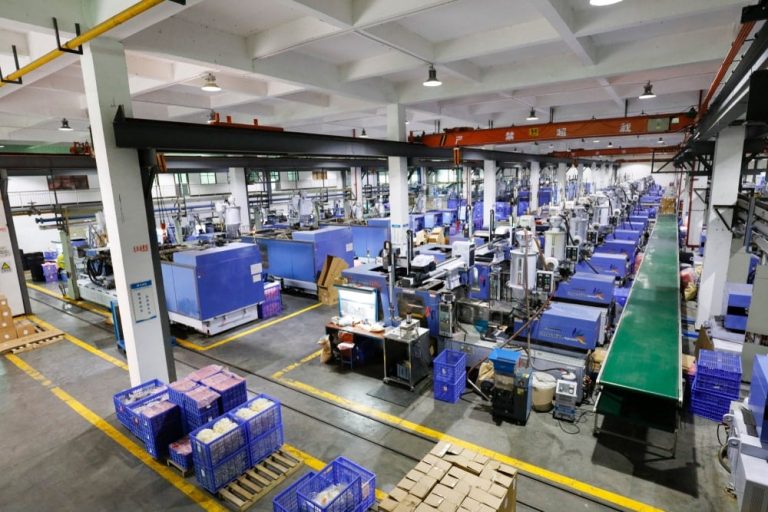China's industrial landscape faced a contraction for the fourth straight month in January, reflecting challenges in regaining momentum amid the global economic slowdown. The official PMI rose slightly to 49.2, indicating a marginal improvement but still below the growth threshold of 50. Continued weak external demand and a real estate contraction have further complicated efforts by authorities seeking to stimulate the economy.
New orders and export challenges
The new orders sub-index for January contracted for the fourth month in a row at 49.0, underscoring weak domestic demand. In addition, the New Export Orders Index registered 47.2, declining for the tenth consecutive month, indicating challenges in global trade. Weak external demand and a looming contraction in the real estate sector have created a huge hurdle for China's manufacturing sector.
Central bank response and policy measures
In an unexpected move, the Governor of the Chinese Central Bank, Pan Gongsheng, announced a reduction in banks’ reserve requirements in an attempt to stimulate growth. This proactive measure aims to inject liquidity into the system, and relieve pressures resulting from the decline in the real estate market, local government debt risks, deflationary forces, and weak global demand. The authorities face a multifaceted challenge in achieving a balance between economic revitalization amid various risks.
Non-manufacturing elasticity and composite PMI
While manufacturing faces headwinds, China's non-manufacturing sector, which includes services and construction, has shown resilience. The non-manufacturing PMI rose to 50.7 in January, the highest level since September of the previous year. Despite two months of contraction, the services sub-index returned to growth, albeit with slower growth in the construction sector. Combining manufacturing and services, the composite PMI reached a four-month high of 50.9 in January, reflecting a broader economic recovery.
China's economic landscape remains dynamic and challenging, with manufacturing facing headwinds. The decisive measures taken by the Central Bank aim to confront these challenges. However, maintaining growth requires a delicate balance amid a declining real estate market and global economic uncertainties.

